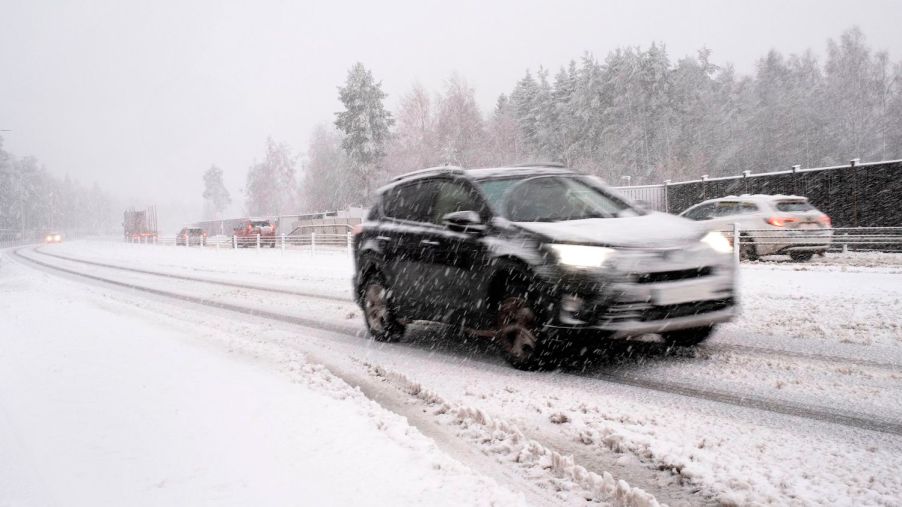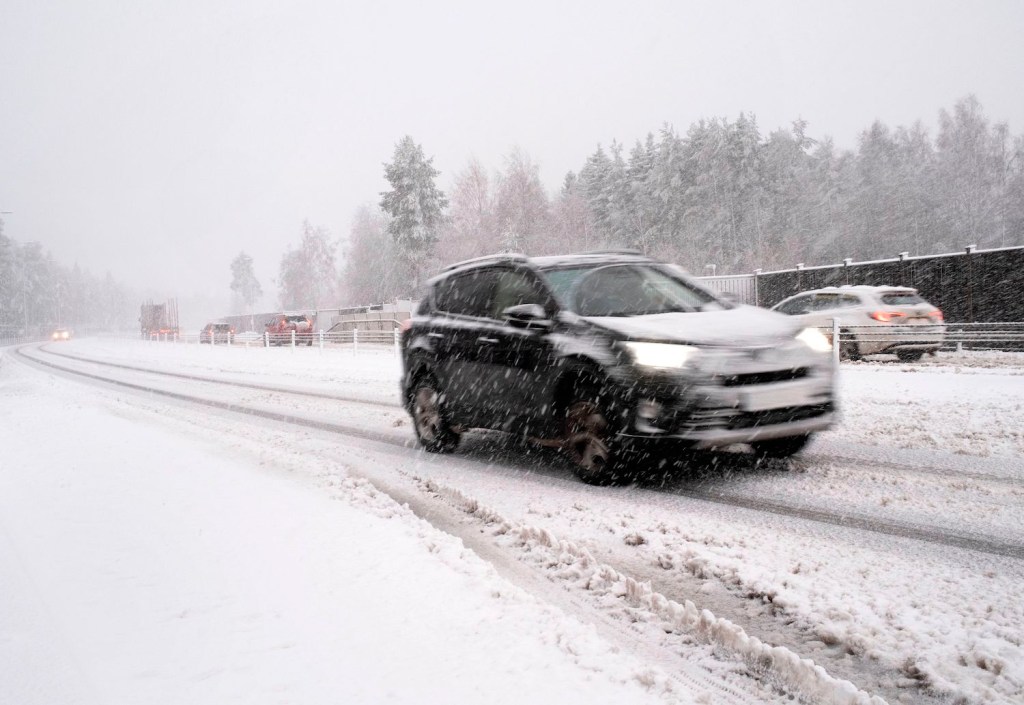
What Is Traction Control and How Does it Actually Work?
Your car comes equipped with several safety systems, all of which are designed to keep you safe. Your car’s traction control system is one of those very safety features. The road ahead can be filled with rain, sleet, mud, snow, ice, along with all sorts of other hazards. And those hazards? They can send you into a nearby tree, which is why your car comes equipped with traction control. But, you may be wondering, how does it actually work?

What is traction control?
Odds are, your car came standard with traction control. Especially if you purchased it after 2012, which AutoGuide reports is when traction control became a “mandatory feature on all passenger cars and light trucks.”
But what is it exactly? Like we established earlier, it’s a pretty vital safety system. It’s engineered to reduce the vehicle’s power to specific wheels once a wheel slip is detected. Traction control can be switched on and off, most often using a button marked TC or TCL. Your car’s traction control button might also show the rear of a car hovering above two backwards-S-shaped skid marks.
How does traction control work?
We’ve established what traction control is, but how does this vital safety feature actually work? According to The Drive, this can actually vary by manufacturer. But the most widely used systems either apply the car’s antilock braking system to the slipping wheel or reduces the engine’s power once a wheel sleep has been detected.
But it does get a bit more complicated than that. HowStuffWorks explains that most traction control systems actually utilize the same wheel-speed sensors used by the vehicle’s antilock braking system. Should the traction control system determine that one wheel is spinning faster than the others, your vehicle’s traction control system will automatically apply the brake to that wheel. Doing so will not only reduce its speed but will also help prevent a wheel slip.
Can you drive with the traction control light on?
First, it’s important to determine why your traction control light is actually on. If the light is blinking, then the odds are that the system has detected a wheel spin and is working to regain traction. If that’s the case, you can expect the light to turn off once you’ve regained traction.
But if the light turns on and stays on? That means one of two things. You’ve either turned off your vehicle’s traction control system or because the system is faulty in some way. According to MotorTrend, this might point to a failure of an individual wheel-speed sensor. MotorTrend reports that this might happen after running over something that knocked the sensor out of place. It could also be from excessive corrosion.
The key to keeping yourself safe behind the wheel
While your car more than likely came outfitted with several vital safety systems, driving safely should still be a top priority. Always keep your focus on driving and don’t reach for that cell phone of yours. It’s important to be aware of what other drivers around you are doing too. Because as well-equipped as your car may be, driving safely is the key to keeping yourself safe behind the wheel.



